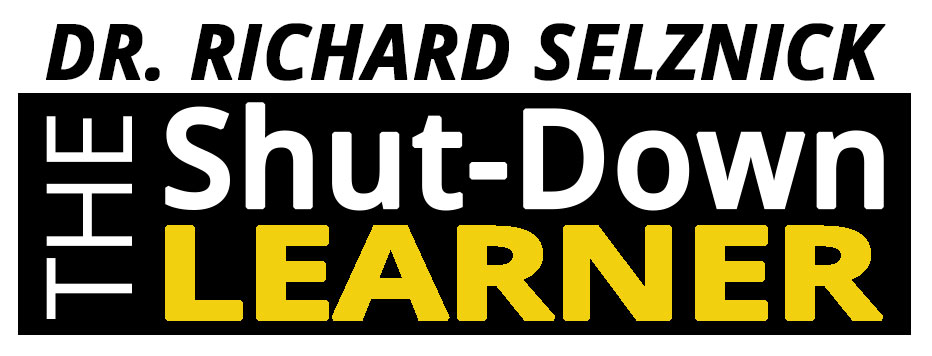Reading Remediation – One Ingredient for Success
“It is essential to begin a remedial program at a level, and with specific tasks that are easy enough so that successful performance is virtually certain.” (Harris & Sipay, 1980)
That quote was from nearly 40 years ago!
I’ve lately had to mine some old texts on reading for different information. It’s quite fun to come upon nuggets of truth like the one above that stand the test of time. Over blogs to come, I thought I would share them with you, as I would like to highlight their ongoing relevance. With all of the modern research and updates in the field, the old masters can still guide us and inform our practice.
Related to the quote above, let’s look at reading remediation. Orton-Gillingham (O-G)methods are currently quite popular. For years, I have seen them (or methods related to O-G) in action for kids struggling in reading and can testify to the positive impact that they can have in overcoming reading problems.
One essential reason that they work is that these methods start a child at a level that is “easy enough” with specific tasks so that successful performance is virtually certain.”
Good remedial programs meet kids where they are developmentally. To borrow an image, if the child’s upper body strength allows him/her to lift ten pound weights, then asking to lift 20 pound weights because that’s what most kids his/her age can do, is clearly not in the child’s interest. Doing so will lead to a sense of frustration, anguish, frustration and, ultiamtely, shutting-down.
With good remediation there is almost something magical that takes place. Not only do skills improve, but the child starts to get a personal battery charge, an infusion of motivation. In the interaction between remedial tutor/teacher/learning therapist and the child a sense of personal competence grows in the interaction.
Struggling children are always sensing that they are running up hill, while others are on a flat surface. This sense of ongoing frustration needs to be addressed. With remedial tutoring, which is often done after school, there needs to be an emotional “buy in” for the child to have sufficient motivation and progress. Without the “buy-in” little can take place
Takeaway Point
Using the quote above as a jumping off, if the child can lift ten pounds, start them with five. Make it easy, fun and light, especially in the initial stages of remediation.
——–
For a free 15 Minute Consultation with Dr. Selznick, email: contact@shutdownlearner.com


